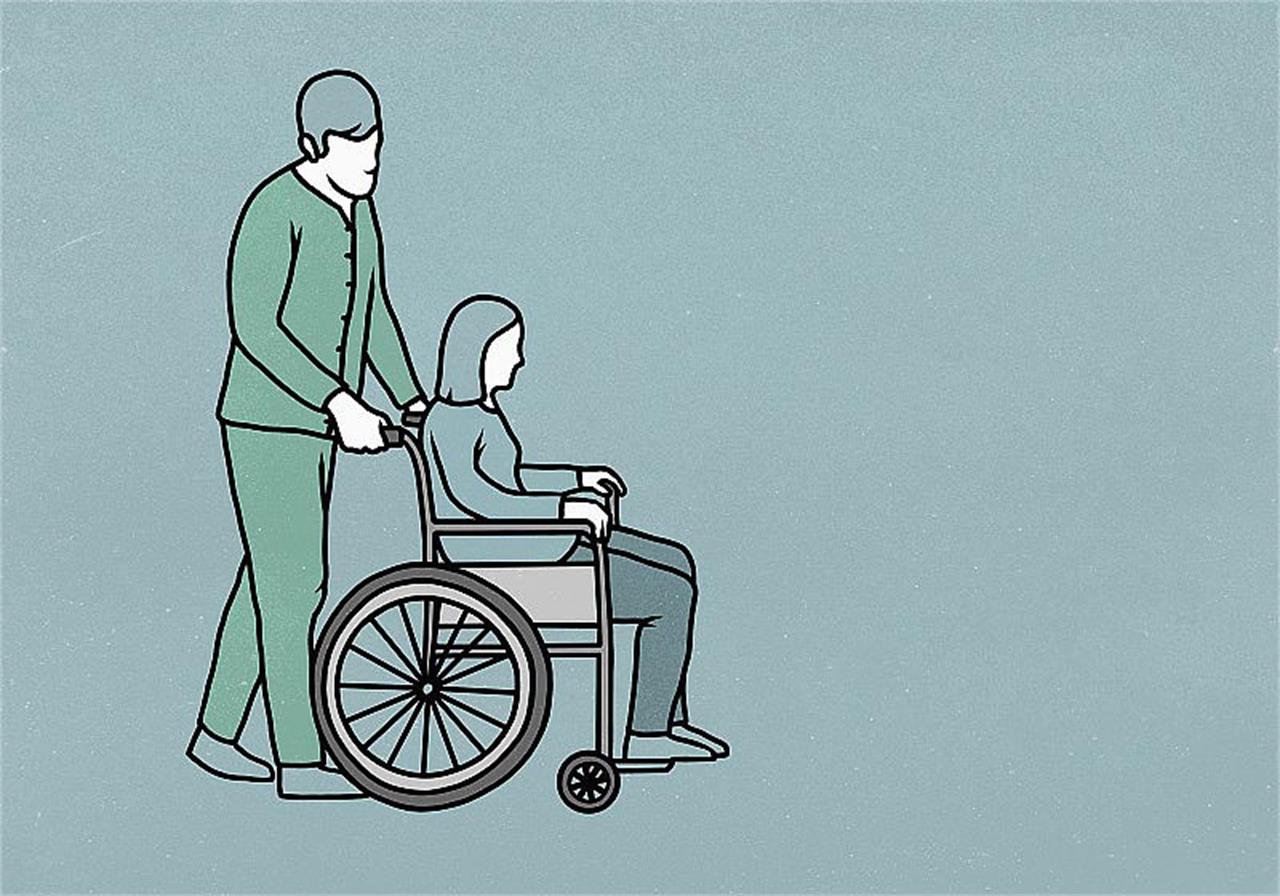There are many types of rehabilitation aids and appliances, the following are some common types:
mobility aids
1. crutches:
Axillary crutches: suitable for patients with good upper limb strength and unilateral or bilateral lower limb injuries of a certain degree (such as fractures, post-joint replacement surgery, etc.). It transmits body weight to the ground through the armpits and hands, providing better support stability. For example, a patient with a leg fracture who is in the early stages of recovery can use axillary crutchesto assist in walking, which can reduce the weight on the injured leg and facilitate short distance mobility.
Elbow crutches: Compared to axillary crutches, elbow crutches are lighter and more flexible, supporting the body weight mainly through the hand and forearm. It is suitable for patients who need certain activity flexibility and upper limb strength, such as some elderly people due to knee degeneration, walking instability, the use of elbow crutches can increase the safety of walking.
Cane: There are single-leg cane and quadruple-leg cane. Single-legged cane is suitable for patients with slightly poor balance or unilateral lower limb weakness, such as some mild hemiplegic patients can use a single-legged cane to assist the affected limb to walk; quadruple-legged cane is more stable, and can provide more stable support for the poor balance of the elderly or Parkinson's disease patients in the walking process.
2. Walking aids:
Frame walker: this walker is a frame structure, the patient holds the handrails on both sides of the walker with both hands and walks forward by pushing the walker. It provides a large support area and is suitable for patients with good upper limb strength and poor balance, such as stroke patients with balance disorders can be used when moving short distances indoors.
Wheeled walker: with wheels to facilitate patients to push forward, some also have seats to facilitate patients to rest during walking. It is more suitable for patients who have poor physical strength and need to walk long distances, for example, some elderly people who suffer from chronic cardiopulmonary diseases and are easily fatigued when walking can use wheel chairs when walking outdoors.

Wheel chairs
Manual wheel chairs: rely on human power to push forward, there are ordinary and lightweight type. Ordinary manual wheelchair structure is more solid, can carry heavier weight, suitable for indoor and outdoor flat road use; lightweight manual wheelchair is easy to carry and transportation, suitable for patients who need to go out often, for example, it can be easily folded and placed in the trunk of the car. Manual wheel chairs are generally suitable for patients with good upper limb strength, who can drive the wheelchair by themselves or have the help of others to push the wheelchair, such as patients with lower limb paralysis caused by spinal cord injury.
Electric wheelchair: using the battery as the power source, controlling the wheelchair's forward, backward, turning and other movements through the joystick or other control devices. It is very practical for patients who have weak upper limb strength but still have good cognitive and fine hand manipulation ability, for example, some patients with severe rheumatoid arthritis resulting in deformation of hand joints and weakening of hand strength, but need to move independently can use electric wheel chairs.
Daily living aids
Personal hygiene aids: for example, shower chairs can be used to clean the body of patients who have mobility problems and cannot stand up. There are also commode chairs, which are convenient for patients to go to the toilet when they cannot squat down. There are also appliances such as shampoo beds and portable urinals to help patients take care of their personal hygiene more conveniently at home or in healthcare facilities. These aids are designed to improve the quality of life of patients, making them more independent and comfortable in their daily lives.
Eating aids: These include utensils with thicker handles. For patients with insufficient hand grip strength (e.g. rheumatoid arthritis patients), utensils such as spoons and forks with thicker handles are easier to hold, thus enabling them to eat independently. There are also cups with straws. For patients with limited neck movement (e.g. patients with cervical spine injuries) or poor upper limb coordination, it is more convenient and safer to drink from a cup with a straw.
Transfer aids: like transfer chairs and transfer hoists, which are mainly used for transferring patients between beds, wheel chairs and chairs. For example, when a patient with spinal cord injury is transferred from a wheelchair to a bed, one end of the transfer board is placed on the seat of the wheelchair, and the other end is placed on the bed, so that the patient can slide his body on the transfer board to realize a safe transfer, which reduces the difficulty of the caregivers in helping to transfer the patient, and at the same time, reduces the risk of the patient's injury.


